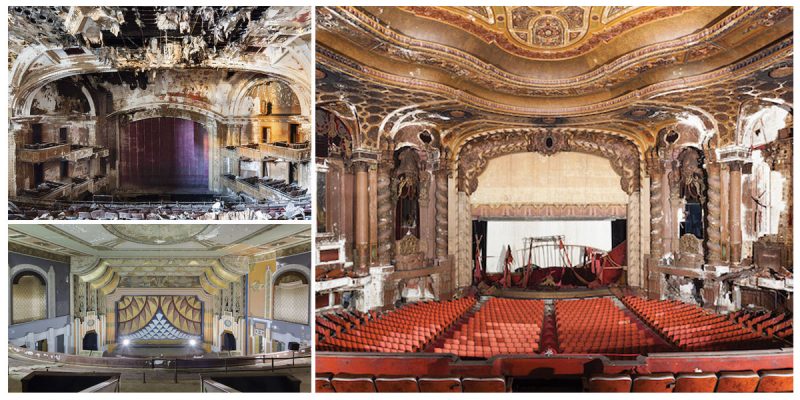Most people watch movies in theaters found in shopping malls or part of a multiplex chain, but that wasn’t always the case.
Some older cinemas around the world have long and interesting histories. Some of them were shut down, abandoned, and later restored. Some were simply abandoned but retain their remarkable beauty.

Photographer Matt Lambros began exploring these old picture houses and capturing their haunting beauty nearly 10 years ago. He scoped out more than 100 abandoned theaters around America.
Lambros graduated from Boston University’s departments of digital imaging and photojournalism, and since then has been documenting all sorts of buildings.
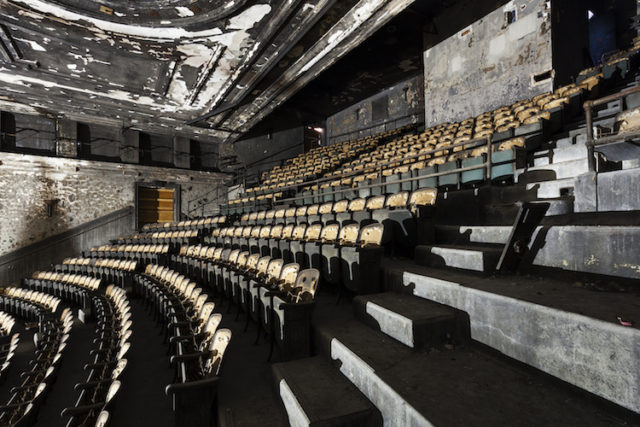
His first interest was in asylums, like the Hudson River State Hospital in Dutchess County, New York, where he grew up. In an exclusive letter for Dezeen, the photographer said that his grandmother got him interested in abandoned places. In his youth, she took him and his younger brother on drives around their hometown to see old barns.
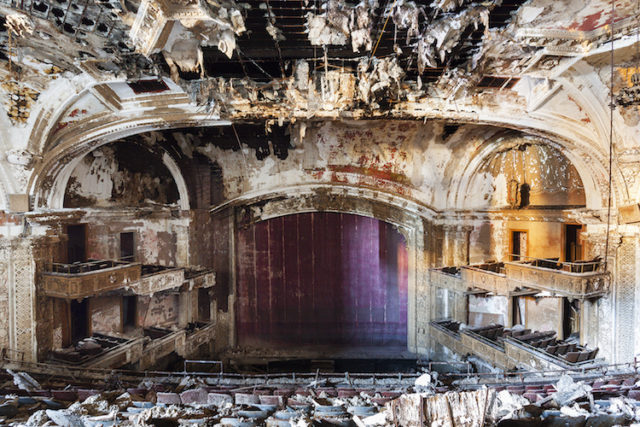
What Lambros learned from her was to see the story behind the rotting bales of hay. According to My Modern Met, the movie-theater series took shape after Lambros saw a film at the Village East Cinemas in Manhattan in 2008. The cinema, dating back to 1926, was the first to open his eyes to these forgotten buildings.
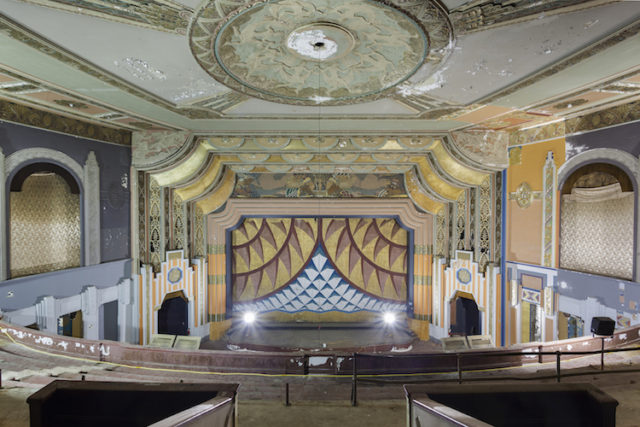
Among the most beautiful movie theaters that he photographed were the Boyd Theatre in Philadelphia; the Adams Theatre in Newark, New Jersey; the Paramount Theatre in Marshall, Texas; and the Jayhawk Theatre in Topeka, Kansas.
The Boyd Theatre opened in the 1920s and showed movies for 74 years. It was designed by the Hoffman-Henon firm for Alexander R. Boyd.
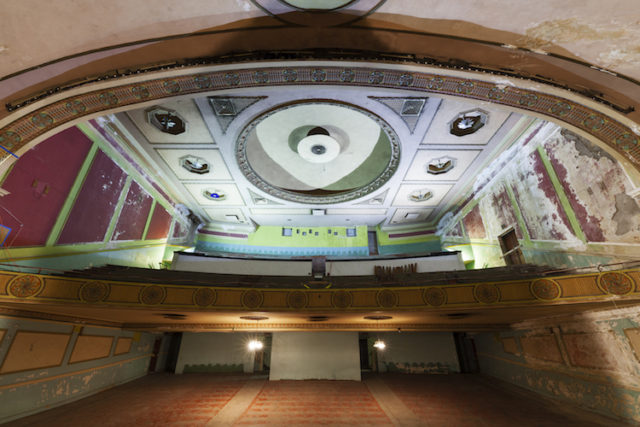
The Adams Theatre, which was one of the top cinemas in Newark, was built by William E. Lehman. The Paramount Theatre was opened in 1930, designed by Emil Weil Inc. The Jayhawk Theatre opened its doors in 1926, built by the Boller Brothers of Kansas.
Another spot that Lambros photographed was the Fox Theatre near Los Angeles, which was designed by S. Charles Lee in 1949. Today, it is listed on the National Register of Historic Places.
The Franklin Park Theatre in Boston, designed by Funk and Wilcox, opened in 1914 and was initially operated by the Massachusetts movie pioneer Jacob Lourie. Finally, the Warner Theatre, which operated in the 1920s, was designed by the architect B. Marcus Priteca.
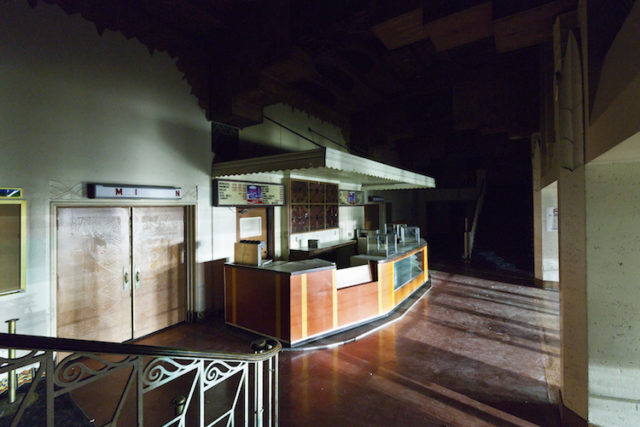
Today, many of these abandoned movie theaters are run by arts organizations trying to preserve their history. Lambros himself is involved with many of these organizations, and he donated some of his photographs to support them. One of them is the Massachusetts International Festival of the Arts, which is working on the restoration of the historic Victory Theatre.
You can see more of Lambros’ amazing work on his website, and you can find more information about his book here.
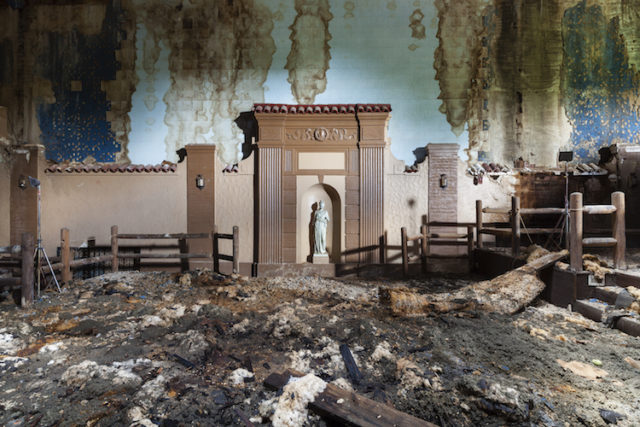
Lambros’ book After the Final Curtain: The Fall of the American Movie Theater was published in 2016 and features 24 movie theaters across America.
Read another story from us: Teatro Olimpico in Vicenza is one of the oldest theaters in Europe
His second book, Kings Theatre: The Rise, Fall and Rebirth of Brooklyn’s Wonder Theatre, is about the Leow’s Kings Theatre’s history. It was published last January by the Theatre Historical Society of America.
